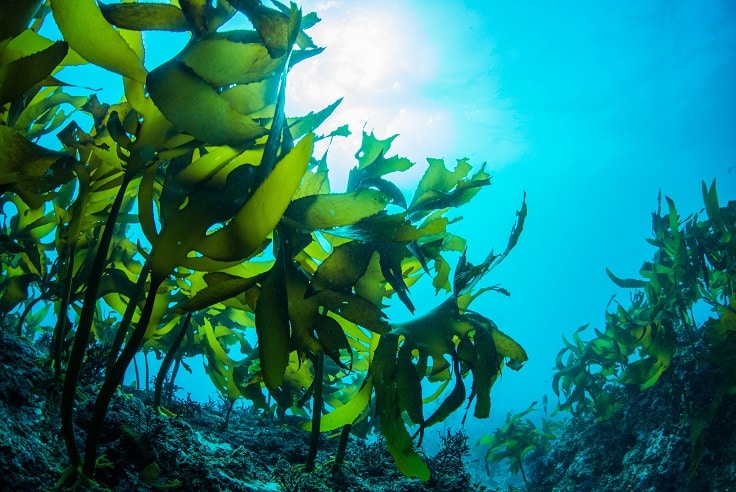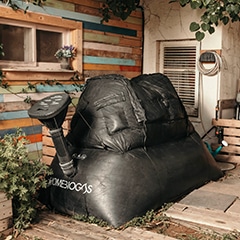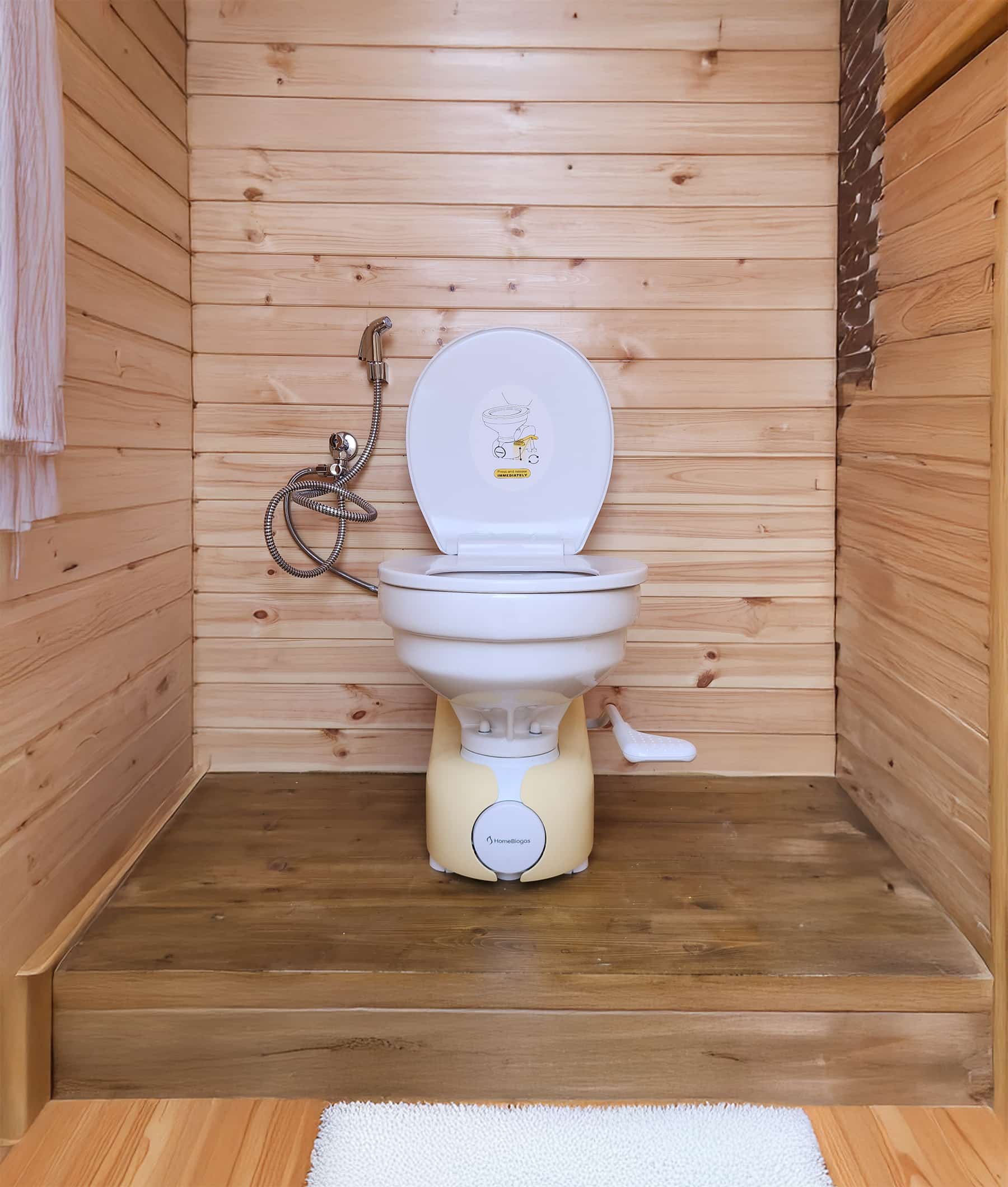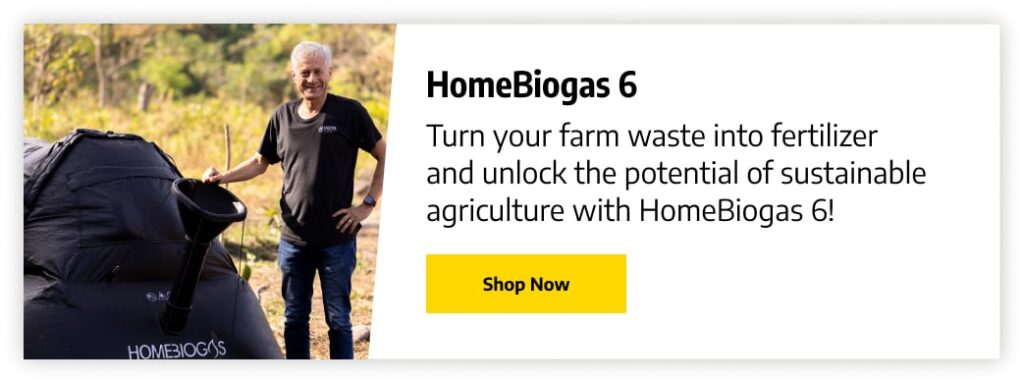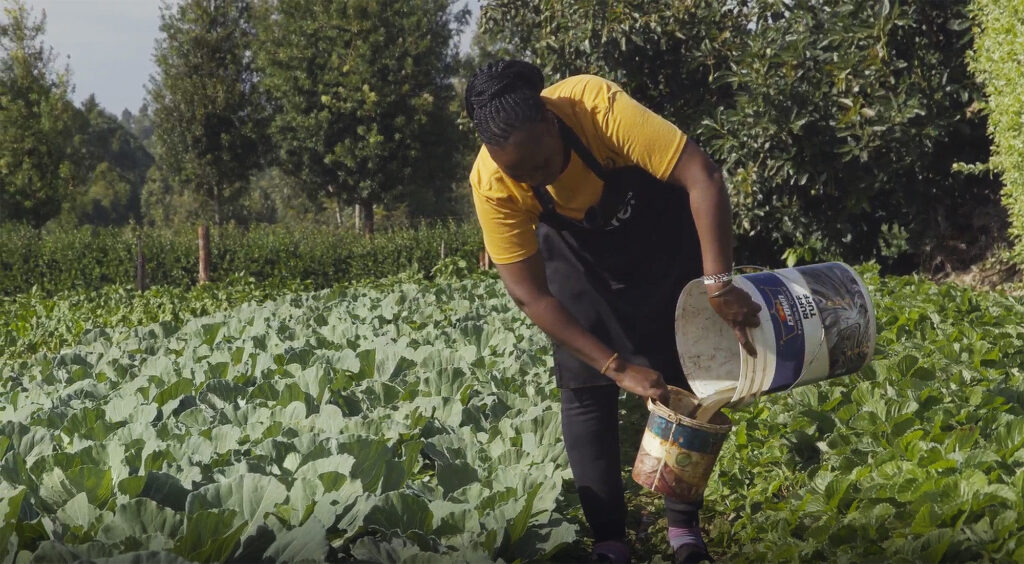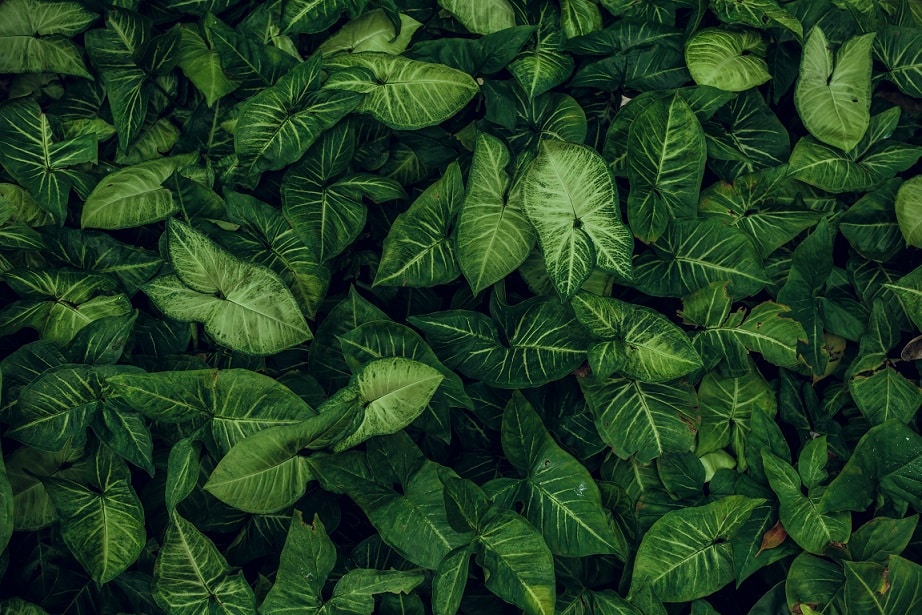
What is Foliar Fertilizer?
Foliar fertilizer is a chemical or natural substance applied directly onto a plant’s leaves to improve its health and increase fertility. This way, the plant obtains the necessary nutrients directly through its leaves for faster results.
Applying fertilizer directly on leaves increases leaf activity, directly impacting the plant’s water intake, which in turn, encourages root growth. Consequently, foliar fertilizers can accelerate nutrient uptake from the soil, being helpful for plants with nutrient deficiencies that require immediate intervention.
Foliar fertilizer composition can vary with the type of product you opt for and its purpose — these products are often made for distinct families of plants to counter specific nutritional deficiencies. Usually, the fertilizer designed for one species won’t be suitable for another, so you must read the producer’s instructions before applying the product and always test it on one or two plants before spraying your entire garden.
Foliar fertilizers work best when used together with soil fertilizer and not as a replacement to boost productivity and enhance plant health.
Foliar fertilizer benefits
- It’s a productive approach to feeding plants since fertilizer applied directly to leaves ensures that nutrients are absorbed more quickly than with soil fertilizers.
- It aids in balancing plant nutrition when the plant’s roots are underperforming due to outside factors like infections or compacted soil.
- It compensates for erratic soil nutrient uptake to correct nutritional deficits.
- Nutrients get to the damaged areas as soon as possible if the plant has shortages since the risk of nutrient fixation in the soil is minimum.
- With foliar fertilizer, you can apply specific substances in key moments in the plant’s lifecycle for better control of the growth of your crops.
- Foliar fertilization is more efficient at giving micronutrients, allowing you to use fewer materials and maintain plants more cheaply.
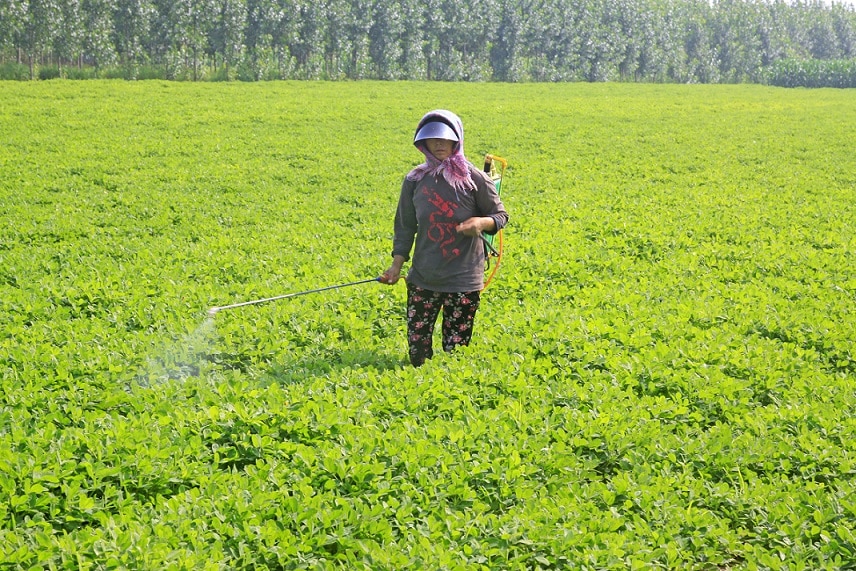
When Plants Need Foliar Fertilizer
Foliar treatments are better than soil fertilizers when specific soil conditions prevent roots from absorbing the necessary nutrients. The most common situations are:
- A high or low pH
- Dry soil
- Too much moisture
- Cool temperatures
- High salinity
Most times, the symptoms of nutrient deficiencies that require quick action are visible:
- If your plants turn pale green or have yellowish-green leaves, and you notice poor growth and limited tiller development is a sign of nitrogen shortage.
- Potassium-deficient plants often appear withered or drooping throughout, have few and small young leaves, and stunted growth. They also tend to wilt on dry, bright days.
- If you notice the vein gap between the leaves turning a pale yellow or white color or the youngest leaves are entirely white and stunted, your plants might have iron deficiency.
- Poor flowering can be a sign of either magnesium or potassium deficiency. In plants that lack magnesium, you can also notice the tips of old leaves turning yellow.
- Small, deformed leaves, especially in plants growing in soil with high acidity, can result from a lack of calcium. Poor calcium also develops blossom-end rot in tomato or pepper fruits.
- If your plants stop producing new leaves is a sign they need phosphorus.
Not all deficiencies can be fixed with foliar fertilization — it works best for plants that need iron, manganese, calcium, zinc, or copper. The boost can help you stabilize the plant by supplying the necessary nutrients until the roots can start taking in nutrients again and produce results.
In some cases, soil analysis is needed to understand what shortages to treat for. Moreover, by running a soil analysis, you also get to learn more about soil health and provide better treatments for your lawn and garden in the long run.
What Is The Best Foliar Fertilizer?
The best foliar fertilizer is the one your plants need, depending on their symptoms and the soil composition. Ideally, you want to feed your crops with an organic fertilizer that has no long-term effects on plant or soil health.
When buying foliar fertilizer, look for products with small amounts of nitrogen and phosphorus. Even if the plant can’t absorb large amounts of these macronutrients through the leaves, they’re necessary to maintain balance and ensure good absorption of micronutrients.
Usually, an excellent foliar fertilizer is expected to cause visible changes in the plant’s appearance as fast as 48 hours from the first application.
How to Apply Foliar Fertilizer?
Foliar fertilization implies spraying the mixture on the plants on top and underside of the leaves where the somata are.
Plants like corn, wheat, soybeans, and other row crops need this extra boost during bloom and seed development. For fruit trees, you can also spray foliar fertilizer early in fruit development.
Most gardeners use liquid fertilizers or water-soluble powders. Either way, these substances are less concentrated than soil fertilizers to prevent burning the leaves.
The best foliar fertilizers have a pH between 6.2 and 7.0. Acid sprays are most suitable for the “production” stage of the plant’s development, while alkaline sprays work best for early plant growth.
Small amounts of insecticidal soap or horticultural oil can be included in the solution to keep the liquid on the leaves for longer.
Research by the University of Missouri has revealed a series of guidelines to help with foliar fertilization based on crops’ specific nutritional needs:
- Ammonium sulfate and urea can be plants’ most efficient sources of nitrogen, as they have a lower risk of harming crops. The dosing range is 1 to 10 pounds per acre.
- For fruiting vegetables like tomatoes and melons, potassium (potassium sulfate or potassium nitrate) administered through foliar fertilization is ideal. The suggested dosage is 4 pounds per acre.
- Beans, melons, and tomatoes can benefit from magnesium (magnesium sulfate) treatments. The dosing range is 0.5 to 2 pounds per acre.
- Foliar calcium doesn’t move around much. Thus, it’s best used at the right growth stages to prevent blossom-end rot in tomato or pepper fruits. 10 to 15 pounds per acre are advised when using calcium nitrate, and 5 to 8 pounds per acre when using calcium chloride.
- Iron, manganese, and zinc function best as foliar nutrients in their sulfate forms. In this situation, foliar fertilization can help address local inadequacies. The suggested doses for iron and manganese are 1 to 2 pounds per acre. For zinc, it’s ¼ pounds per acre.
- For plants in the mustard family, including cabbage, foliar fertilization with boron is helpful. The dosing range is 0.1 to 0.25 pounds per acre. Applying boron at the correct rates is essential since an excessive application can be very damaging to plants.
Using Foliar Sprays
Using foliar sprays can boost nutrient uptake from the soil and aid plants that may be experiencing nutrient deficiencies right away. However, these products can’t boost long-term plant performance, as they don’t play the same role as compost and soil fertilizers. You still need to apply other fertilizers to ensure the soil stays healthy and the plant gets all the nutrients it needs throughout the entire lifecycle.
It’s like taking supplements and vitamins to support your body and stay healthy. These integrators increase your energy and improve your well-being, but they can’t substitute balanced meals and healthy food.
Homemade Foliar Fertilizer Recipes
An effective foliar fertilizer can be made in a variety of ways. While nitrogen, phosphorus, and potassium (NPK)-heavy fertilizers are the norm for soil fertilizers, foliar products are more focused on minerals and micronutrients, so you need to use various natural ingredients to provide a wide range of minerals. Let’s see how you can make foliar fertilizer at home using organic ingredients.
For compost tea, for example, you need to fill about a third of a five-gallon bucket with organic compost and complete it with water (ideally, without chlorine). Stir the mix a few times a day for three days, then strain away. Before spraying, dilute the mixture by adding ten parts of water for each part of the tea.
Another excellent foliar spray is made of seaweed. Fill a five-gallon bucket with seaweed, cover it with water, and let it steep for a few weeks. The solution can then be diluted following the same recipe as above (1:10).
For potassium-rich foliar fertilizer, you can boil several banana peels into a liter of water. Once cool, strain and dilute the tea with two parts of water.
HomeBiogas Bio-fertilizer: Nourishing Plants to Perfection
Upgrade your foliar fertilizer game with HomeBiogas Bio-fertilizer, the ultimate solution for robust plant health! Produced by the state-of-the-art HomeBiogas 6 system, this innovative bio-fertilizer is packed with essential nutrients to nourish your plants from leaf to root. Derived from the eco-friendly transformation of organic waste and animal manure, HomeBiogas Bio-fertilizer delivers fast results, maximizing nutrient uptake and ensuring lush growth. Say goodbye to nutrient deficiencies and hello to thriving, vibrant plants with HomeBiogas Bio-fertilizer. Take your gardening to new heights and embrace sustainable farming practices with HomeBiogas 6 today!
Key Tips on Foliar Feeding
Here are some more best practices for spraying your crops with foliar fertilizer:
- Before applying foliar fertilizer to your crops, test the substance on a small number of plants to ensure you use the right concentration.
- Use foliar fertilization primarily for micronutrients (boron, zinc, cobalt, manganese, iron, copper, molybdenum, and chlorine), not macronutrients (carbon, nitrogen, phosphorus, potassium, calcium, magnesium, and sulfur).
- Spray the leaves in the morning or late in the evening when the temperature is under 22°C (about 72°F).
- Control the amounts of fertilizer to prevent leaf burn — avoid forming droplets on leaf surfaces.
- Spray often in small concentrations instead of applying large concentrations of fertilizer at once.
Final Thoughts
Foliar fertilizer can assist you in sustaining your plants during bloom, fruit, and seed development and when they lack a specific nutrient. The active substances act quickly because you apply them directly to the leaves, boosting the plant till the roots can take up the essential nutrients from the soil.
Foliar fertilizing isn’t a sustainable way to maintain the health of your plants, though. Therefore, you should ensure soil and plants have all the necessary micro and macro nutrients to grow for the best results in your lawn and garden.
